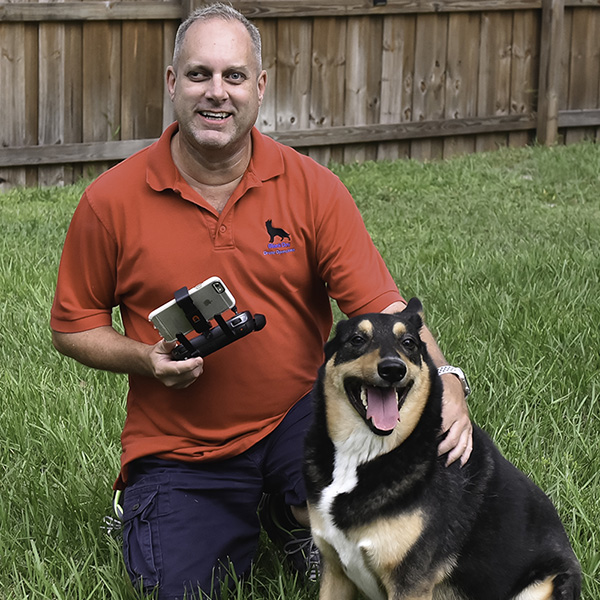Sharpen your stick skills
Practice makes you a better remote pilot
A proficient drone pilot can capture smoother footage, which video producers demand, and react better to unexpected conditions such as wind gusts or obstacles. Sharp stick skills also build confidence and make flying more fun.
New drone owners can sometimes feel overwhelmed by all the seemingly complex elements involved in flying an unmanned aircraft system (UAS). Just as with manned aircraft, practice and experience build confidence. The more you know about your aircraft and how it works, the more confident and competent you will be when flying.
In addition to the manual, carefully spend time becoming acquainted with the parts of your aircraft, controller, and software (such as DJI Go or Autel Explorer), which is used for controlling your drone. As you can see, there are several different elements that must come together for successful flight missions.
Flying the box
Practice, practice, practice! It may seem like an afterthought, but in order to get good at anything, you must put in the time and effort. Consistent stick time is one way to elevate your skills whether you are a recreational pilot or Part 107 pro.
First, set aside some time during the week to practice. Just like you would do if you work out at the gym, learn a new musical instrument, or take a class, schedule half an hour or so two or three evenings a week, then more time on the weekends as your schedule allows. Think of it as if you are scheduling in one battery of flight practice for your short sessions, since many common drones get somewhere between 20 and 30 minutes of flight time. This gives you a little extra to practice setting up your system, performing preflight checks, and conducting postflight inspections and notes. Set this schedule realistically and do your best to stick to it!
For each practice session, focus on one element. For example, takeoff and landing exercises for the first weekly session, then straight line forward and back navigation for another time. An excellent resource to learn more is found in the first AOPA Drone Minute video (view it above). This example demonstrates a great exercise called "Flying the Box," which helps you understand not only straight line flight, but aircraft orientation and control.
If you have the space available, set up your own practice course to follow. It is easy to find small orange cones at hobby shops or order online to use as markers. Practicing vertical ascent and descent and turns may not seem as exciting as some of the dramatic videos you see online, but keep in mind you have to walk before you run and the more fundamental skills you develop, the better remote pilot you will be.
What if you are tight on space or don’t have enough room to conveniently step outside your door all the time to get a little practice time in? Consider adding a smaller drone to your fleet. The DJI/Ryze Tello is an excellent example of a drone almost custom made for this. The Tello is very small yet features powerful flight characteristics and handles very much like its bigger siblings. It can be flown from your mobile phone or tablet by creating its own Wi-Fi network, or it also works with some third-party remote controllers offering more conventional stick layout. No matter if the weather is bad out or you have other limitations, a smaller drone capable of being safely flown indoors is sometimes a good alternative for a mini practice session during lunch breaks or just about anytime.
Software and apps
As we mentioned, drone manufacturers typically offer their own control apps for your mobile device. While there are third-party apps offering different features to some models, there is something to be said about the drone manufacturer’s whole widget approach and the consistency of their software integration with their own hardware.
Typically you will find a variety of automated functions in the control app. While these offer interesting options and make for some interesting shots, it is still beneficial to be able to fly similar patterns yourself, with the sticks. One very common path is an arc. While it may sound simple, and even look easy using the automated function, it takes some practice to get the characteristics down the right way. You have to practice the speed, rate of turn, and forward movement as well as handling different types of arcs such as increasing or decreasing radius or elevation changes while in the pattern.
As you can imagine, your creative control for aerial imagery will see a much more cinematic benefit from the canned, preprogrammed feature. This skill takes practice but it will show in your final product.
Onward and upward!
By making the improvement of your flying skills a little bit of a priority, you will find your abilities growing more all the time. Whether you are a recreational pilot flying for relaxation or enjoying aerial photos with the family, or if you are a serious FAA Part 107 Remote Pilot flying for a living, there will always be new things to learn. The world of drones is rapidly growing and with so many different things to master, including flight, photography, and postflight photo and video editing, you will find plenty to keep you busy as you enjoy your drone.



